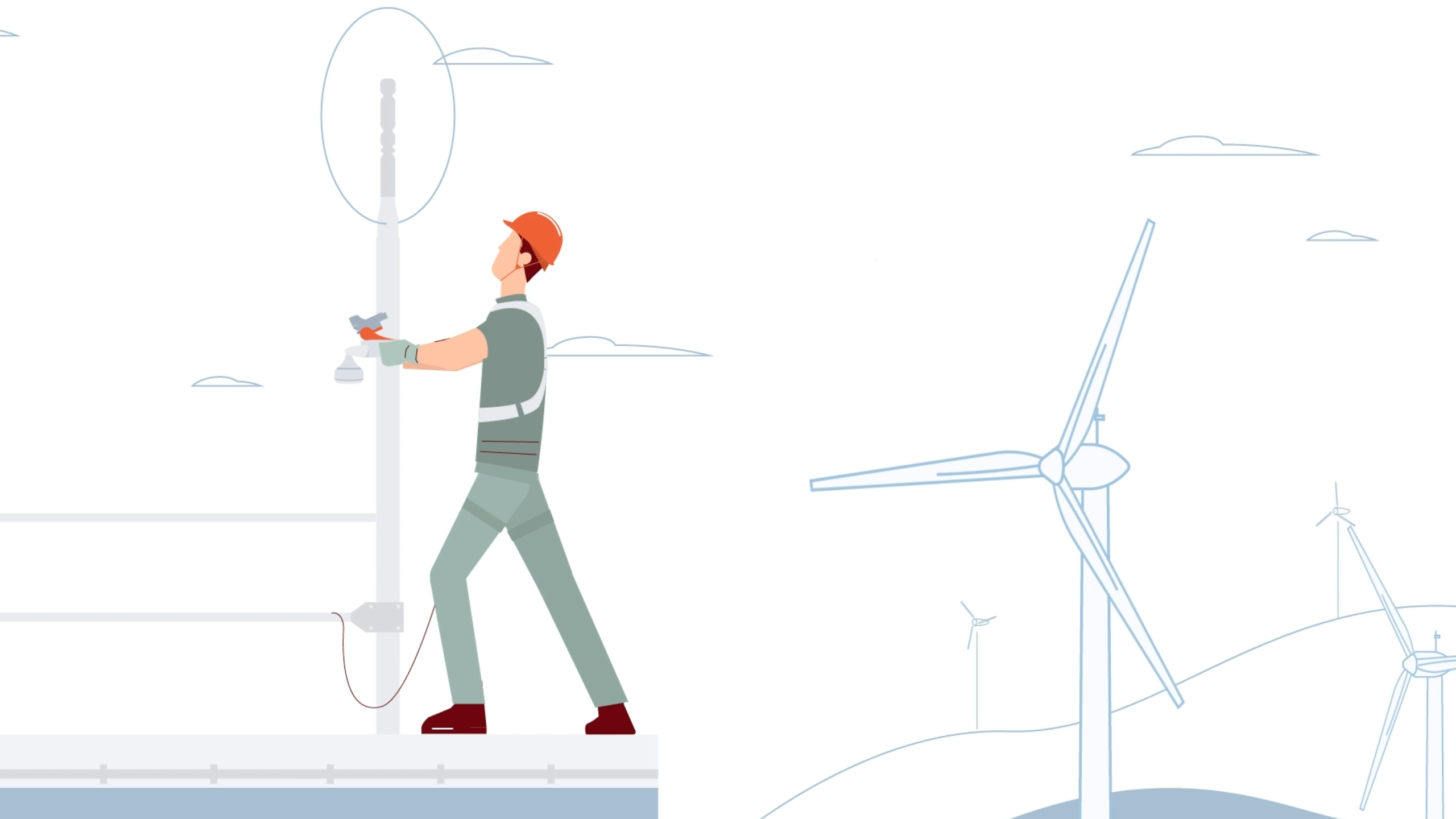Despite the context of a global pandemic, record high orders of over 15GW were ordered in 2020, says Wind Europe. This is one more fact confirming the trend of heavy investments attracted by the wind energy sector in the last few years, with numbers announced for the coming years being even more staggering.
The race for new capacity concerns both large utilities (that are gradually becoming as big, or even bigger than the traditional Oil & Gas majors) and "Smaller" IPPs Strong ambitions of expanding their development teams, buying out competitors, going international and, for some of them, even considering investing offshore is on the cards.
Enel is a good example: called Moribund a couple of decades ago, the Italian giant is planning to invest s up to 70 billion in renewables by 2030 with its partners, growing its green portfolio up to 120 GW, almost tripling its current capacity. Iberdrola, EDF, ENGIE are following the same strategy. Stockholders love rallying behind wind and solar investments announcements, and NEOEN or Voltalia’s stock growth in the last couple of years confirms the narrative.
This race for becoming the next energy giants of the future is also accelerating digitization processes of wind asset management, operations and maintenance.
In the case of IPPs, this is a short-term issue. Even if most of them have abandoned (completely?) the good old Excel sheet, players often have fairly basic or under developed solutions to manage their assets. This situation is incompatible with their targeted growth rates and the expected profitability thresholds (AEP, operating cost per MW, etc.).
Constrained by their technical teams' size and profile, IPPs generally rely on third-party solutions from the market instead of developing internal asset management solutions. Their appetite for innovation, their pragmatism and their need for a better control of their assets enables them to test and adopt innovative digital solutions fairly quickly. Their main challenge is to unify the restitution of results from heterogeneous systems in a synthetic and ergonomic so-called "hyper vision" format.
On the other hand, the big energy groups often benefit from large internal technical teams. Most of them have digital departments and/or internal innovation units. The question that arises then is the balance between 100% in-house solutions and the integration of innovative solutions available on the market.
It can be tempting for a large group to have its own in-house digital tools to manage their assets, whether for cost reasons (home-made is supposed to be cheaper), or for strategic reasons (to secure the production tool by internalizing it).
Nevertheless, asserting "home-made" is always cheaper and/or better adapted and scalable to the Group's specific needs is not always self-evident. The efficiency of “home-made” digital solutions becomes even less evident with complex and mammoth like ecosystems that Utilities tend to operate in.
Internally covering all necessary areas of expertise is a monumental challenge in a divergent and complex techno-financial system. Similarly, a heavy internalization strategy risks cutting the Group off from the benefits of technological and digital innovations emerging in a fast-growing market.
The right balance between internal development and third parties innovative solutions is a challenge, not very easy to resolve for structures with a strong historical and cultural background.
This challenge is accentuated by the issues raised by the digital switch:
- Who does the data belong to? To the operator of the turbines or to the system that generates the data?
- What's the data definition? The raw value at acquisition, or the processed and used as such?
- How to harmonize, certify, combine data from different sources, including manufacturers' SCADA?
Digital technologies is and will be a key factor in energy transition success and the wind industry won’t be an exception. The balance to be obtained for big energy groups is a question mark between strategy and efficiency. The new winners of the energy industry will be those who can adapt their structures to changing environments. Digitization is just one on that checklist.
